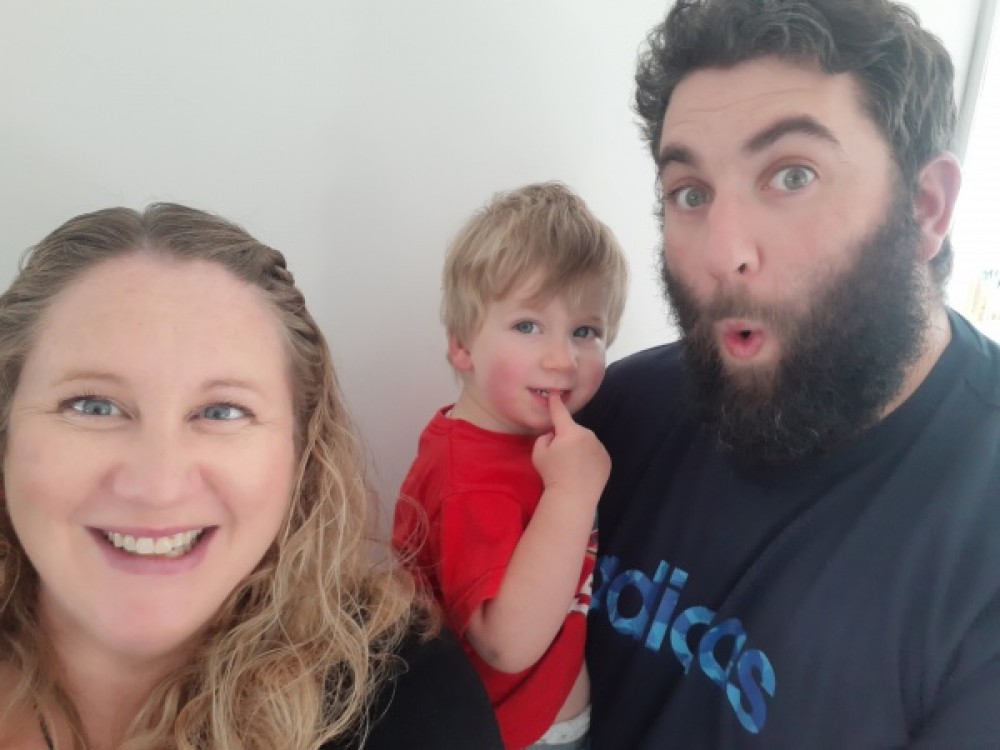Shock, concern, and an excessive amount of home-cooking are some of the things that came to mind, she says.
“I really was concerned because I’m a very social person and I get my energy and feel-good vibes from seeing other people, conversation, interaction and being outside.
“I thought long and hard and had a lot of thoughts and a lot of chatter in my head like: ‘You can’t do this. This is going to be so hard’.”
Samantha - or Sam as she’s known to family and friends - has a complex history and relationship with mental distress. At 19 she was diagnosed with bipolar disorder and began medication. Then, six years ago, she was reassessed by a psychiatrist who ruled out her bipolar diagnosis in favour of high anxiety levels and a predisposition to depression.

